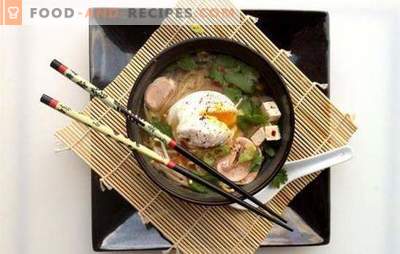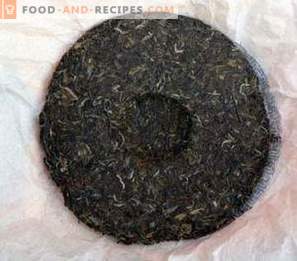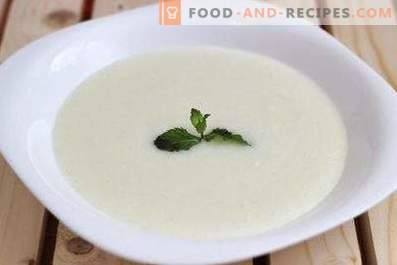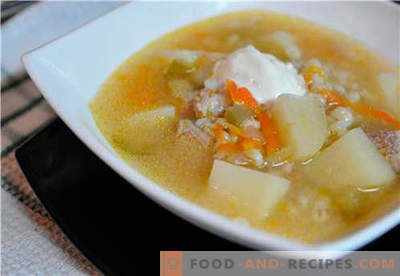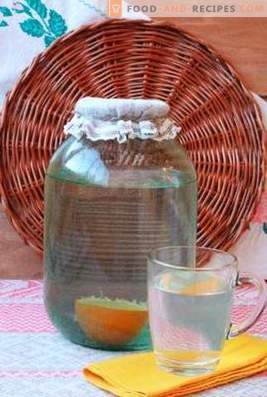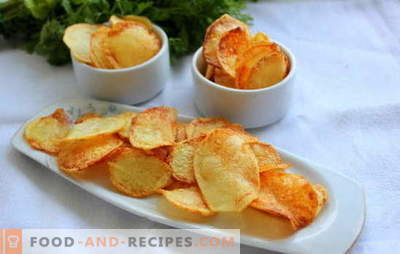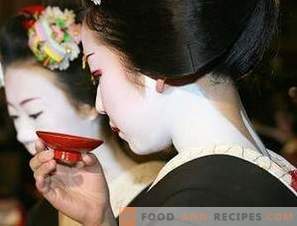
Sake is an alcoholic beverage produced in the Land of the Rising Sun for two millennia. By its organoleptic qualities, it has no analogues. Rice wine can have a bouquet in which notes of apple, grapes, fresh mushrooms, bananas, soy sauce are distinguishable. To be able to appreciate the taste of the drink and enjoy its use, you need to know how to drink sake. This is also important in cases where the ceremony takes place under conditions that require adherence to national Japanese traditions: drinking sake is a ritual that has many subtleties.
How to drink cheap and expensive sake varieties
The raw material for sake is rice, which is fermented with the help of moldy koji fungus. The rice is polished before this to get rid of the essential oils and make the taste of the drink more pleasant. The higher the degree of grinding, the more expensive the future wine. For expensive varieties of sake, the surface of rice grains is cleaned by 60-70%. Fermentation lasts from 18 to 40 days at a temperature of 15-20 degrees, sometimes lower. The longer the drink wanders, the better after it is its taste. Then the drink is freed from sediment - this part is for the manufacture of elite varieties of sake. After the sediment is pressed, getting the basis for cheap varieties of rice wine. It remains to filter, sterilize and use for its intended purpose.
The finished wine has a strength of 14 to 20 degrees, but more often not higher than 16 degrees.
It would not make much sense to dwell on the technology of making sake if it were not related to the subtleties of its use. From the above it is clear that as a result, various types of sake are produced during the production: some varieties can be attributed to elite alcohol, others do not have a rich bouquet and often have unpleasant notes.
- Expensive sake varieties can be drunk chilled to 5-6 degrees. You can also cool them with ice cubes. It is especially pleasant to enjoy their taste on hot days. Also, these types of alcohol can be used to make refreshing cocktails. It is not recommended to drink high-quality sake in the warm form, as in this case the refined bouquet of the drink will be hardly distinguishable.
- Cheap sake varieties, on the contrary, are served warm. This allows you to hide unpleasant notes: when heated, the esters volatilize. The temperature depends on the type of drink and on the personal preferences of the drinker.
There are the following degrees of heating sake:
- Khinatakan - 30 degrees;
- Itohadakan - 35 degrees;
- nurukan - 40 degrees;
- zekan - 45 degrees;
- atsukan - 50 degrees;
- tobikirikan - 55 degrees.
Sake is heated in a special stove or in a water bath, filling it with special jugs of small volume with a neck that tapers upwards, called tokkuri. Sometimes rice wine is served in vessels resembling small kettles (katakuchi).
Warm sake allows you to warm up in cloudy and cool weather, the Japanese prefer to drink it in the cold season.
Otherwise, the rules for using sake do not depend on the quality and variety of the drink.
Basic rules for using sake
The Japanese strictly follow the traditions, and the accuracy of the rituals for them is of great importance. This also applies to the use of sake.
- Sake is served at the table in the special jugs described above. Drink it from small cups, the volume of which is only 2-3 sips. Most often they are made of porcelain or ceramics, less often they are wooden or glass. Their shape may be different. Most often served cups without handles, called Ochoko (or Choco). They can be replaced by small cups, shaped like a deep saucer (sakazuks) or cups in the shape of a box (masu). If you do not follow the Japanese tradition, and care only about how best to taste sake, then you can drink it from ordinary wine glasses.
- A host often fills the cups of the guests, but one of the nearby guests pours sake to him. Pouring alcohol to yourself in Japan is considered indecent. Suppose the option when all participants of the feast poured sake next to him, moving in a circle. Hold the jug when pouring sake with two hands, or at least touch one hand with the other hand that holds the jug. If you pour the drink with one hand, others may think that you put yourself above them: pouring sake with one hand, according to Japanese tradition, only a person with a higher status than the one whose cup he fills is entitled. Cup, which is poured sake, should be kept on weight. If your status is lower than the one who fills your cup, place the palm of the second hand under it.
- After the cups are full, they are raised to eye level and they say: “Kanpai!”. Then you can touch the cups, but here the status of the participants of the feast matters: the edge of the cup of the person whose status is lower must also be lower than the edge of the container of the high-ranking guest clinking with him.
- Despite the fact that “kanpai” means “to the bottom”, emptying the cup in one gulp in Japan is not accepted. You should take only one small sip or, if you really want, a couple of sips. Not surprisingly, thanks to this process of drinking sake stretches for a long time.
Sake is not recommended for dinner. The process of its use is an independent ritual. However, a snack for this drink can be offered and even necessary.
What a snack sake
It is recommended to eat sake with Japanese dishes that do not have a spicy taste. The most suitable are:
- sashimi (thin slices of raw fish);
- seafood;
- pickled vegetables;
- fish caviar.
Some recommend snacking on sake sushi or rolls. The Japanese themselves do not do that, considering that a drink made from rice is extremely unwise to eat with rice dishes.
If your goal is to appreciate the taste of sake, and not to follow the tradition, you can eat rice wine with cheese or olives.
You can not drink sake, but try to include it in the cocktails - not a bad idea. Especially since there are a number of proven recipes.
Cocktail “Geisha” with tomato juice
Composition:
- sake - 40 ml;
- tomato juice - 90 ml;
- lemon juice - 1 ml;
- soy sauce - 1 ml;
- wasabi - at the tip of the knife;
- lime - 1 piece;
- celery stalk - 1 pc.
Method of preparation:
- Mix wasabi with lemon juice and soy sauce.
- Dilute the resulting mixture with tomato juice.
- Pour into shaker capacity, add sake there, shake.
- Pour into a cocktail glass, garnish with a slice of lime and a celery stalk.
The cocktail is light, with a pleasantly refreshing and at the same time savory taste. Serve it chilled.
Zen Cocktail
Composition:
- sake - 60 ml;
- vodka - 60 ml;
- green tea - 30 ml;
- lemon juice - 20 ml;
- ice - to taste.
Method of preparation:
- Combine alcoholic and non-alcoholic beverages.
- Shake in a shaker with ice.
- Pour into special cups for sake or vodka glasses.
This drink will appeal to people who consider sake insufficiently strong to dilute it with soft drinks.
Sunny Sake Cocktail
Composition:
- sake - 40 ml;
- apple juice - 50 ml;
- peach juice - 30 ml;
- lemon juice - 10 ml;
- cardamom - a pinch;
- crushed ice - to taste.
Method of preparation:
- Mix the ingredients in a shaker.
- Strain and pour into a cocktail glass.
A drink is served with a straw. It will appeal to those who do not like hard liquor, preferring fruit juices.
Sake is an alcoholic beverage made from rice. Refers to Japanese cuisine. In Japan, there is a strict ritual of using sake. It is not obligatory for a European to execute it exactly, but it is worth adhering to some canons: using sake correctly you can best appreciate its unique taste.






